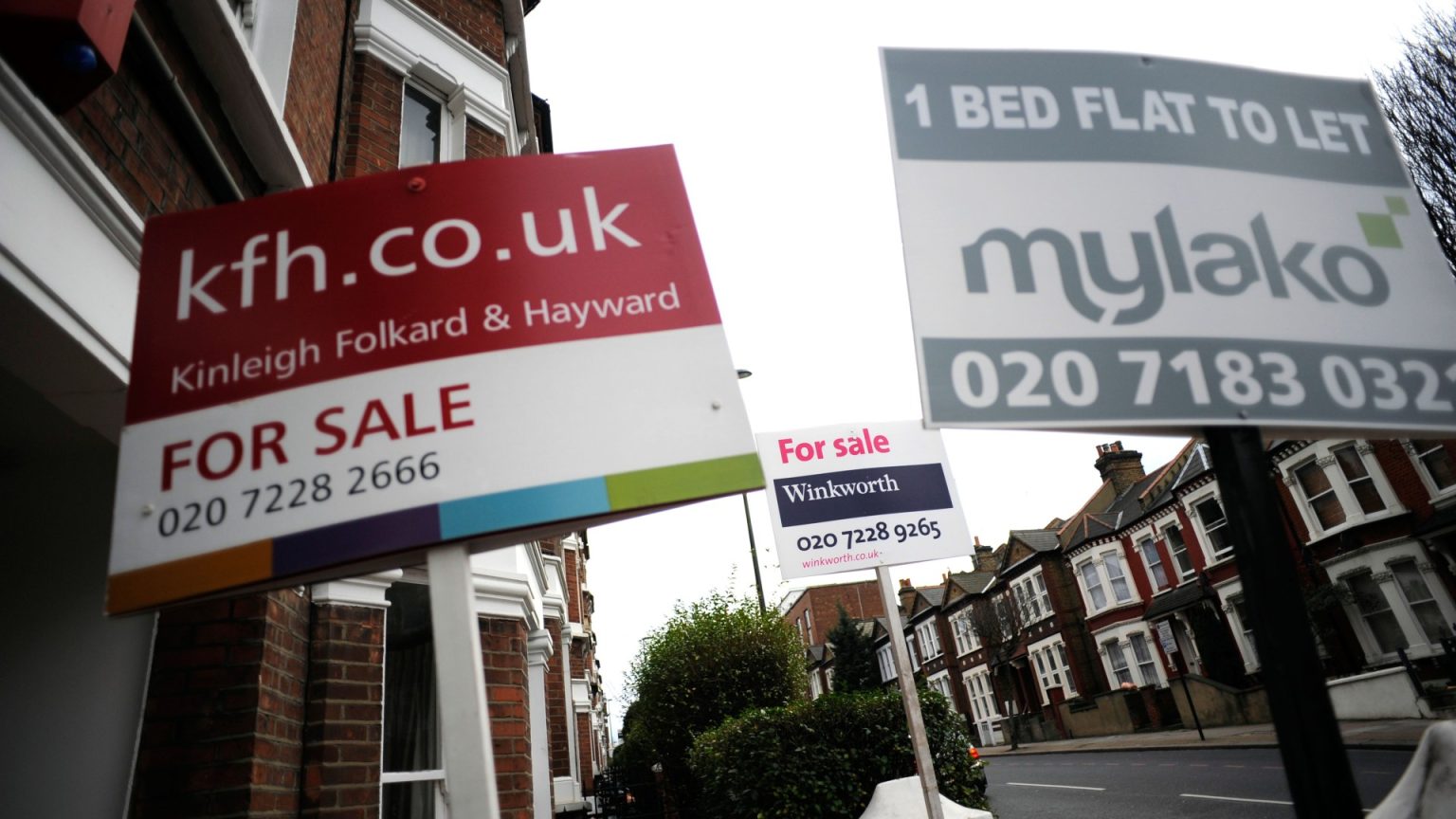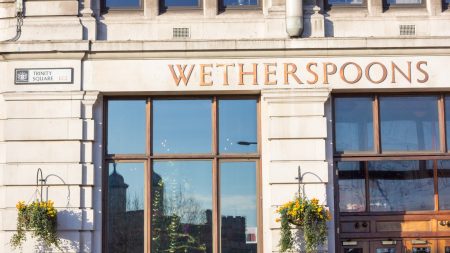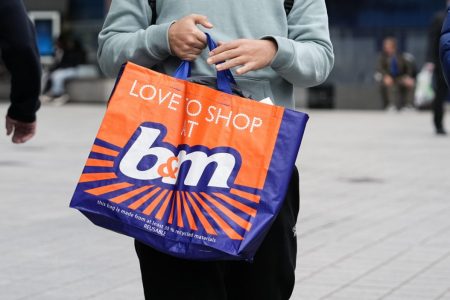TSB has introduced a new mortgage product designed to assist renters in transitioning to homeownership, particularly those struggling with larger deposit requirements. The “5&5” mortgage allows landlords to offer their tenants a 5% discount on the market value of the property, coupled with a minimum deposit requirement of just 5% from the tenant. This concessionary arrangement benefits both parties. Landlords avoid the expenses and complexities of a traditional sale, bypassing estate agent fees and potential void periods. Tenants, in turn, secure a discounted purchase price on a property they are already familiar with. This innovative approach aims to address the growing challenges faced by first-time buyers in an increasingly competitive housing market.
Concessionary mortgages, such as the one launched by TSB, provide a pathway to homeownership that deviates from the conventional route. They are typically utilized in situations where a pre-existing relationship exists between the buyer and seller, such as a landlord-tenant scenario or a family transaction. The discounted price offered by the seller often offsets the costs they would have incurred through a standard sale process, making it a financially viable option. For the buyer, the reduced price and lower deposit requirement significantly lowers the barrier to entry into the property market. TSB’s decision to introduce the 5&5 mortgage acknowledges the increasing difficulties faced by first-time buyers amidst rising house prices and stringent lending criteria.
TSB’s 5&5 mortgage operates alongside its existing 10% discount scheme, further expanding the options available to prospective homeowners. This tiered approach caters to a broader range of circumstances and financial capabilities. Several other lenders, including Barclays and Natwest, also offer variations of concessionary mortgages, highlighting a growing trend within the industry to address affordability concerns. These schemes often feature minimal or even zero deposit requirements, making them particularly attractive to first-time buyers struggling to accumulate substantial savings. The core appeal lies in the ability to bypass the significant hurdle of a large deposit, often the biggest obstacle to owning a home.
Using a practical example, if a property is valued at £200,000, the 5% discount under the TSB scheme would reduce the purchase price to £190,000. The required 5% deposit would then be calculated on this reduced price, amounting to £9,500. This represents a considerably lower financial commitment compared to a traditional mortgage requiring a larger deposit on the full market value. This accessibility is crucial in today’s market, where escalating house prices are pushing homeownership further out of reach for many. For those unable to secure a concessionary mortgage, alternative first-time buyer schemes, like the Skipton Building Society Track Record Mortgage, offer no-deposit options based on rental payment history, further diversifying the available pathways to homeownership.
The launch of TSB’s 5&5 mortgage comes at a time when affordability remains a critical issue for aspiring homeowners. Rising house prices, as evidenced by recent Halifax data showing an average price of £297,166, coupled with the lingering impact of high mortgage costs, continue to present significant challenges. While falling mortgage rates offer some respite, the overall cost of homeownership remains a major deterrent for many. Despite positive trends in mortgage demand, affordability remains a pressing concern, potentially impacting buyer confidence in the face of wider economic uncertainties. The impending end of stamp duty relief for first-time buyers in April 2025 adds further pressure, increasing the financial burden and potentially deterring some from entering the market.
Navigating the mortgage landscape requires an understanding of the different product types available. Fixed-rate mortgages offer stability with consistent monthly repayments over a set period, providing certainty in budgeting. Variable-rate mortgages, encompassing tracker and standard variable rate (SVR) mortgages, offer fluctuating rates linked to external benchmarks or the lender’s own rate. Tracker mortgages typically follow the Bank of England base rate, while SVRs are usually the default rate after a fixed-term deal expires. Understanding the nuances of each mortgage type is crucial for making informed decisions aligned with individual financial circumstances and risk tolerance. Variable rates can offer lower initial payments but carry the risk of future increases, while fixed rates provide stability but may be more expensive initially. Considering factors such as exit fees, which are more common with fixed-rate mortgages, is also essential for making a comprehensive assessment.











